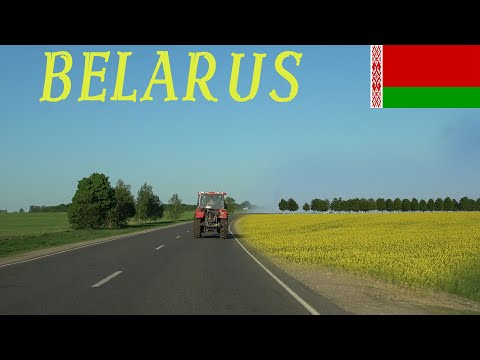
Belarus, a captivating country nestled in the heart of Eastern Europe, remains one of the region’s most intriguing yet underexplored destinations. Known for its deep historical roots and lush landscapes, Belarus offers a unique blend of cities bustling with life, a resilient and hospitable populace, and nature reserves that boast serene beauty. Here are some interesting facts about the cities, people, and natural landscapes that define this fascinating country.
#### Cities: A Blend of Soviet Heritage and Modern Vibrancy
1. **Minsk – The Heartbeat of Belarus**:
Minsk, the capital and largest city of Belarus, is the administrative, cultural, and economic center of the country. Despite suffering significant damage during World War II, Minsk has been rebuilt with wide boulevards and impressive public buildings reflecting Soviet-era architecture. Today, it’s a modern city with vibrant nightlife, numerous museums like the Great Patriotic War Museum, theaters such as the National Academic Bolshoi Opera and Ballet Theatre, and bustling shopping avenues.
2. **Brest – A Hero City**:
Located at the western border of Belarus near Poland, Brest is famous for the Brest Fortress which played a crucial role during World War II. The fortress marks one of the first sites of Soviet resistance against Nazi Germany’s invasion in 1941. Today it stands as a monument to Soviet courage and resilience.
3. **Vitebsk – Cultural Nexus**:
Often referred to as the cultural capital due to its rich history in arts; Vitebsk is also known for hosting one of the oldest Slavic festivals – Slavianski Bazaar. The city is famously linked with Marc Chagall; many murals around town celebrate this artist who was born there in 1887.
#### People: Resilience Shaped by History
The population of Belarus is over 9 million people consisting predominantly of ethnic Belarusians followed by Russians, Poles ,and Ukrainians . Despite periods under various dominions – Lithuania-Poland Commonwealths , Russian Empire , Nazi Germany during WWII ,and later USSR -Belarusians have managed to preserve their language(Slavic-derived)and distinct cultural heritage . One notable feature about Belarusian society today remains their incredible hospitality – visitors often speak warmly about their experiences interacting with local people .
#### Nature: Pristine Landscapes & Extensive Biodiversity
1. **Belovezhskaya Pushcha National Park**:
This UNESCO World Heritage Site is one oldest wildlife refuges Europe . It’s home European bison (wisent), an animal once on brink extinction but was saved via conservation efforts initiated right here . The park spreads across Poland into Belarus providing pristine forest landscapes filled with oak trees that are centuries old .
2. **Pripyatsky National Park – “Lungs” Polesia Region**:
Often referred as “Amazon Europe” due vast wetlands extensive river systems , Pripyatsky National park offers ecotourism enthusiasts chance explore untouched natural marshlands via guided tours bird-watching expeditions .
3. **Braslav Lakes District**:
With more than 300 lakes scattered throughout northern region near Latvia Lithuania border Braslav Lakes draw visitors seeking tranquil water settings unique glacial geomorphology setting perfect fishing camping hiking activities .
#### Conclusion
From its resilient cities narrating tales revival post-war eras through streets lined historic monuments modern infrastructures; warm-hearted populace showing unmatched hospitality towards foreigners; serene untouched natural reserves offering sanctuary diverse flora fauna species – exploring Belarus can certainly be enriching experience anyone interested uncovering new destinations steeped tradition beauty exploration .
Whether you are history buff nature enthusiast curious traveler looking something different Eastern Europe will surprise delight myriad wonders waiting discovered within borders this beautiful yet understudied land .
